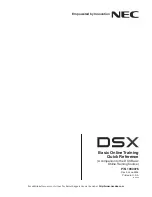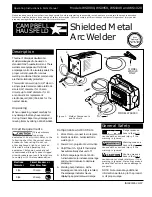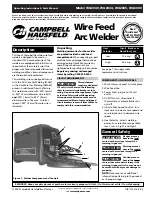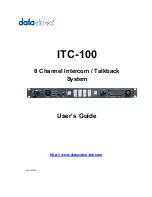
Serial Flow Control
CFSound firmware provides optional support for flow control of transmit data to the player to prevent
overflowing the display input buffer at higher baud rates.
The CFSound will assert its RTS signal on power-up and whenever there is room in its input buffer.
The CFSound will de-assert its RTS signal whenever the input buffer is at 90% of its 1024 byte capacity
or higher.
It will re-assert its RTS signal whenever the input buffer is below 80% capacity.
The host device that the CFSound is connected to should monitor the RTS signal, typically by connecting
it to the host’s CTS input, and only send transmit data to the player when the signal is asserted.
Without flow control it is possible to overrun the CFSound input buffer at baud rates above 9600 baud.
Symptoms of input buffer overflow include missing or incorrectly displayed data or commands.
The following configuration settings determine the CFSound-IV’s serial port operation:
#
Setting
Description
1
Serial Baud Rate
110, 300, 600, 1200, 1800, 2400 (default), 3600, 4800, 7200, 9600, 14400, 19200, 28800,
38400, 57600, 115200
2
Serial Data Bits
7, 8 (default)
3
Serial Stop Bits
1 (default), 2
4
Serial Parity
NONE (default), EVEN, ODD
RS-485 Driver Enable
CFSound firmware provides configurable support for enabling the RS-485 transceiver to operate in a
half-duplex mode. This allows multiple devices to exist on a multi-drop bus with devices receiving from the
bus when they are not transmitting.
The CFSound will enable its transceiver driver whenever it needs to transmit data, then it will disable the
driver after the data is fully transmitted.
Enabling this option in the configuration menu overrides the Serial Flow Control via RTS above as
it uses the RTS signal to control the RS-485 driver enable.
The following configuration settings determine the CFSound-IV’s RS-485 driver operation:
#
Setting
Description
5
RS485 Mode
None (default), Primary, Secondary
















































